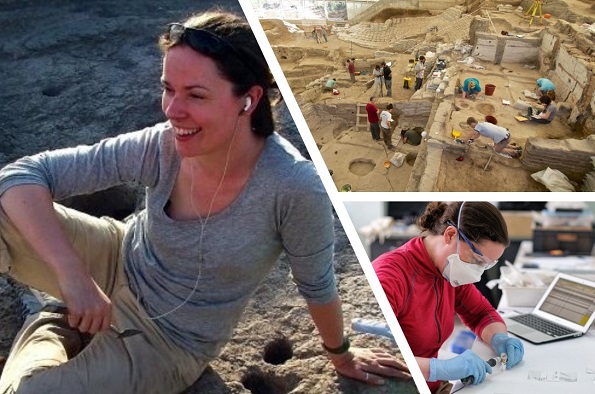
Inaugural Lecture: Professor Jessica Pearson
- Darren Mooney
- Suitable for: All
- Admission: Free
- Event website
- Book now
Add this event to my calendar
Click on "Create a calendar file" and your browser will download a .ics file for this event.
Microsoft Outlook: Download the file, double-click it to open it in Outlook, then click on "Save & Close" to save it to your calendar. If that doesn't work go into Outlook, click on the File tab, then on Open & Export, then Open Calendar. Select your .ics file then click on "Save & Close".
Google Calendar: download the file, then go into your calendar. On the left where it says "Other calendars" click on the arrow icon and then click on Import calendar. Click on Browse and select the .ics file, then click on Import.
Apple Calendar: The file may open automatically with an option to save it to your calendar. If not, download the file, then you can either drag it to Calendar or import the file by going to File >Import > Import and choosing the .ics file.
In this lecture I will initially discuss stable isotope analysis of archaeological biological materials. I will talk about my research projects measuring carbon and nitrogen isotope values from bone collagen to reconstruct diet from sites 14,000 to 8,000 years old that span the transition from mobile hunter-gatherer to sedentary farmer, a crucial transition in human history.
I will talk about, how with collaborators, it has been possible to calculate when sampling redundancy occurs, and how animal diets in this period provide information about the management and subsequent domestication of animals.
I will also discuss how I have used isotope analysis in humans to discuss the role played by food in terms of the life course, how food was consumed relative to age (and how this might link with other evidence from material culture) , how diet might have been used in life to differentiate between individuals in non-hierarchical communities, how households may or may not have shared their food, and how long prehistoric communities breastfed and weaned their children, including whether some practices were associated with particular infant mortality profiles.
I will also discuss my most recent funded research projects that now include strontium and oxygen isotope analysis combined with DNA analysis to examine evidence for different types of kinship (endogamy versus exogamy) and biological relatedness to understand who was buried beneath the houses of the world’s earliest villages as they underwent some of the most dramatic changes in human history. Finally some suggestions as to the state of the art and future directions in the field will be discussed.
